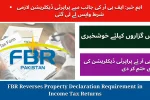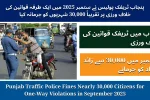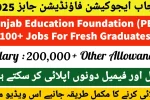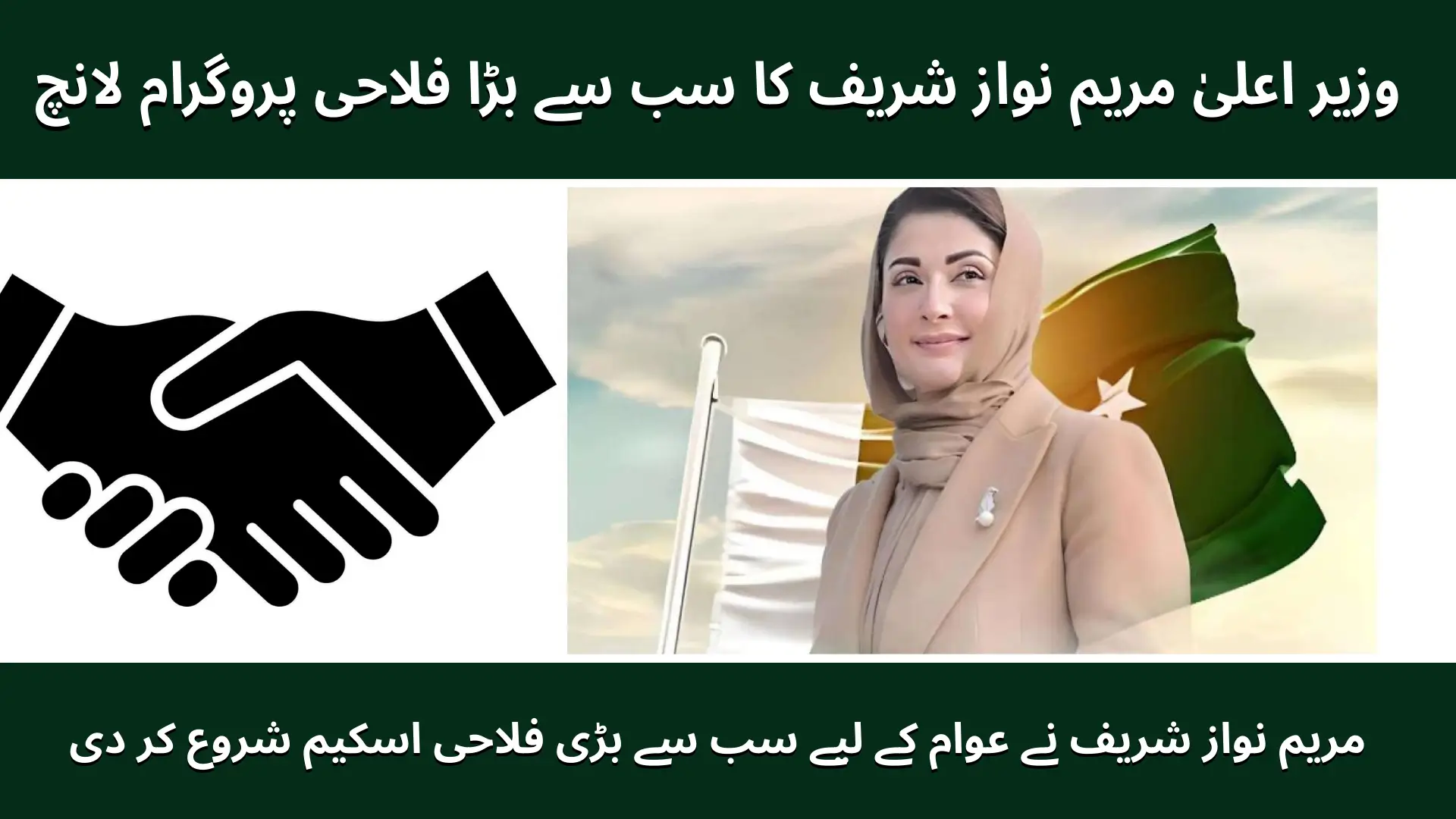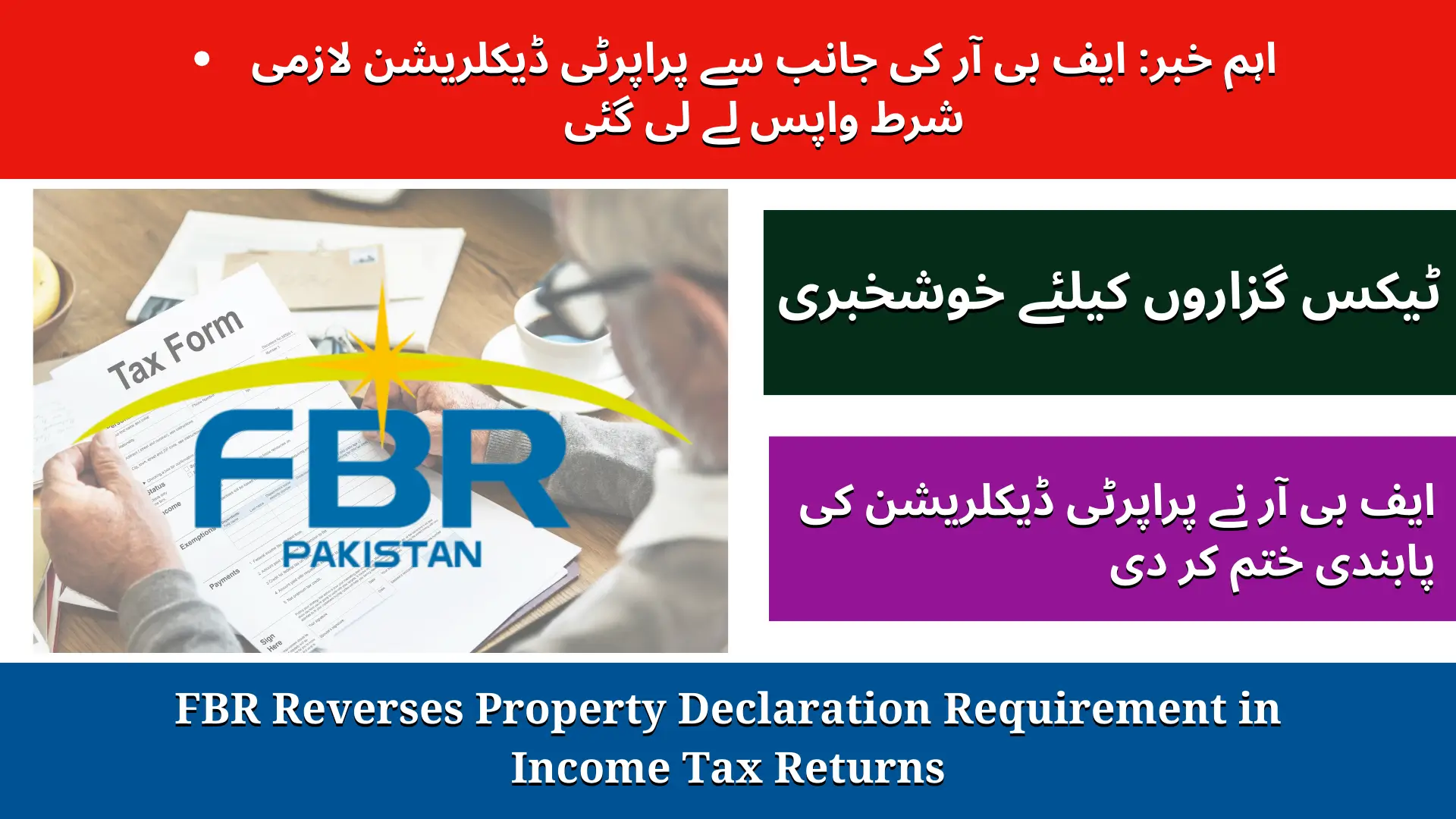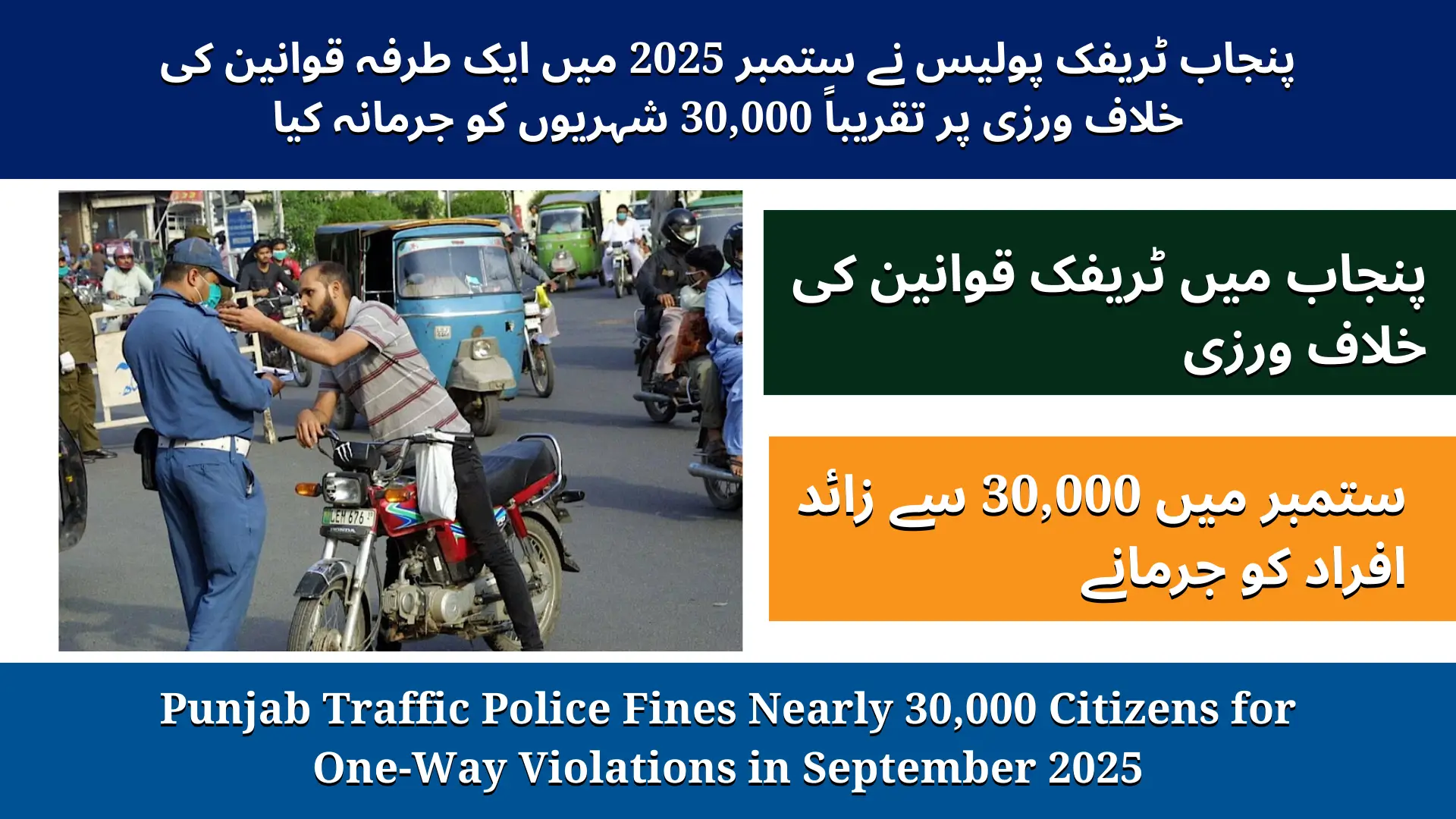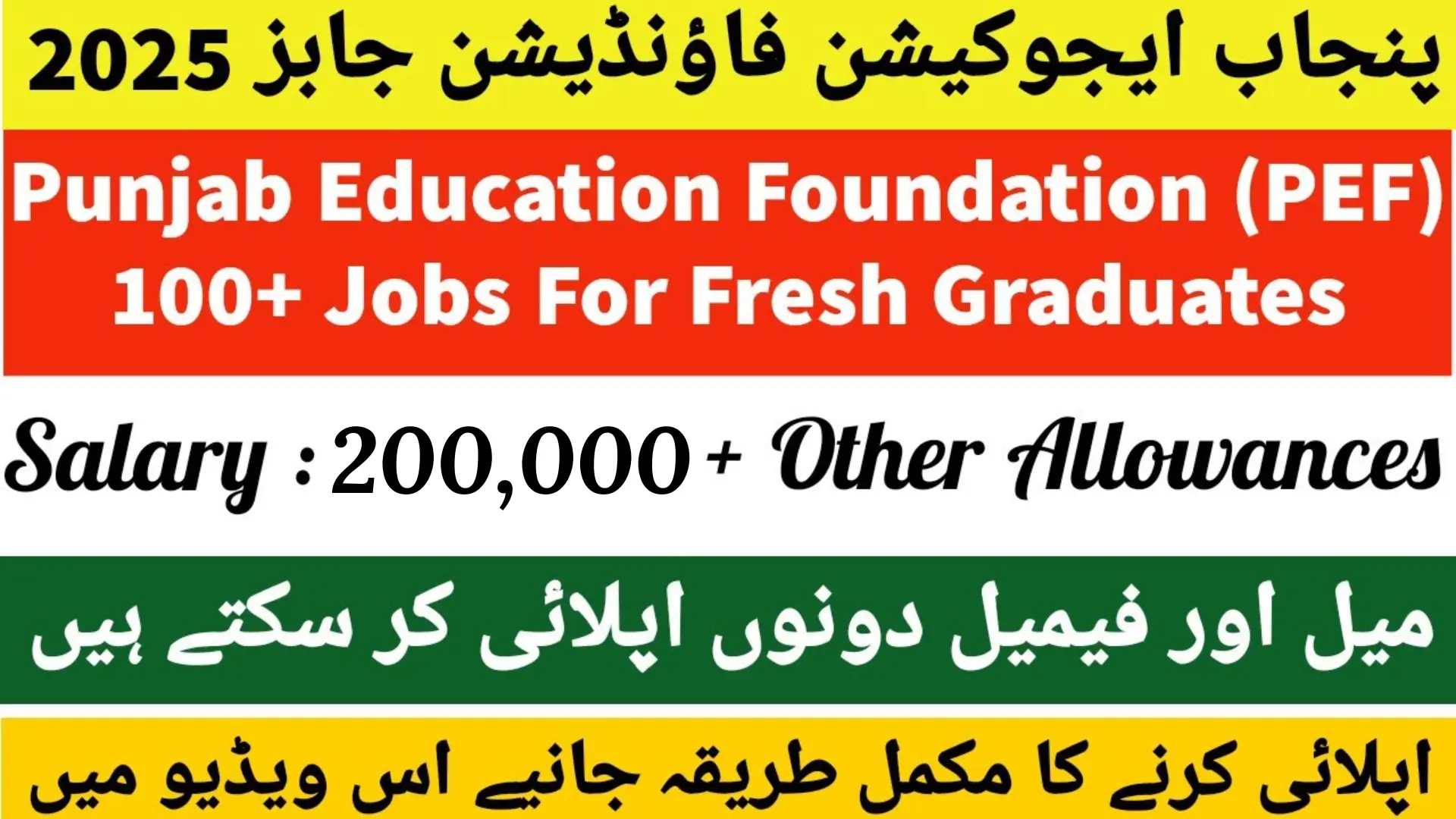UN approves $600,000 relief to support Pakistan’s latest monsoon-flood emergency. This quick guide explains what the funding means, where it goes first, and how it fits into wider 2025 relief and resilience plans – so readers can grasp the full update in minutes.
The UN Relief Package
The Central Emergency Response Fund (CERF) has released an initial $600,000 to jump-start lifesaving assistance. Early priorities include safe shelters, emergency healthcare, cash assistance, clean water & hygiene, and protection for women and children. Expect UN partners (e.g., UNICEF, WFP, WHO, UNHCR) to coordinate closely with NDMA/PDMA and local NGOs for rapid delivery.
Rapid Snapshot
| Indicator | Current Update |
|---|---|
| Initial UN funding | $600,000 via CERF |
| Reported fatalities (season) | 798+ since June 26 |
| Recent casualties (10 days) | 400+ deaths, 190+ injured |
| Displaced persons | 20,000+ people |
| Top needs | Shelter, healthcare, cash aid, WASH, protection |
Where Help Lands First
- Shelter & Safety: Temporary housing, dignity kits, lighting, and safe spaces for women and children.
- Health & Nutrition: Mobile clinics, trauma care, ORP (oral rehydration) corners, and maternal services.
- Cash & Essentials: Rapid multi-purpose cash so families can buy what they need locally.
- Water, Sanitation & Hygiene: Tankered water, Aqua tabs, emergency latrines, hygiene kits to prevent outbreaks.
- Protection & Inclusion: Referral pathways, GBV services, disability-inclusive access, child-friendly spaces.
Why UN Approves $600,000 Relief Matters in 2025
Pakistan’s floods are intensifying with climate change, urban sprawl, and aging infrastructure. Without fast relief and risk-informed recovery, families face health crises, lost livelihoods, and food insecurity. The CERF grant is a bridge—a signal for donors to scale up support for both immediate response and resilient rebuilding (e.g., elevated housing, resilient roads, early-warning systems).
What Success Looks Like
- Zero preventable deaths in camps and host communities
- No major disease outbreaks after the peak floodwaters
- Cash delivered within days, not weeks
- Schools & clinics reopened quickly with safe access
- Data-driven targeting (sex- and age-disaggregated) to reach those most at risk
How Coordination Works
- Government: NDMA and provincial PDMAs lead planning and access.
- UN Cluster System: Health, Shelter/Non-Food Items, WASH, Protection, Food Security clusters align actors and avoid duplication.
- NGOs & Local CSOs: Implement last-mile delivery and feedback loops.
- Donors: Convert early relief into scaled, flexible funding as needs evolve.
FAQs
Q1. Is the $600,000 the total UN aid?
No, it’s an initial CERF allocation to jump-start life-saving work. More funding appeals and contributions are likely as needs are verified.
Q2. Which provinces are most affected?
Flood impacts vary yearly; historically Punjab, Sindh, Balochistan, and Khyber Pakhtunkhwa face high monsoon risk. Targeting follows rapid needs assessments.
Q3. How do families receive cash assistance?
Through vetted cash transfer mechanisms (mobile wallets/banks) managed by UN/NGO partners and overseen by authorities for transparency.
Q4. What is CERF?
The UN’s global emergency fund that releases money quickly for under-funded crises and sudden disasters.
Q5. How can the public help?
Donate to reputable humanitarian organizations, amplify verified information, and support local responders.
Conclusion
The UN’s $600,000 CERF grant is a vital first step, not the finish line. With hundreds lost and thousands displaced, coordinated, flexible funding and climate-smart recovery are essential.



